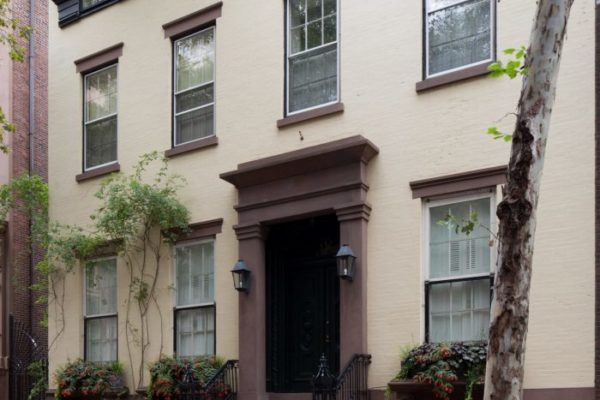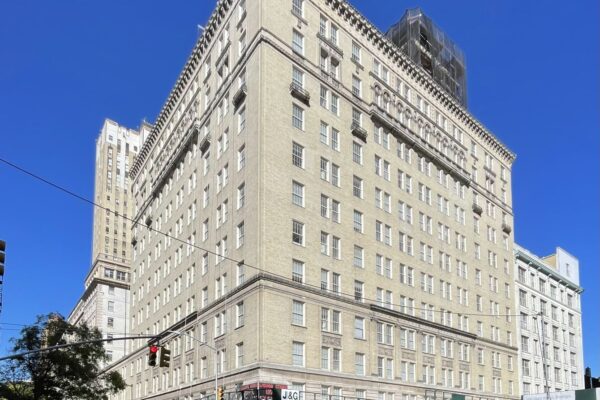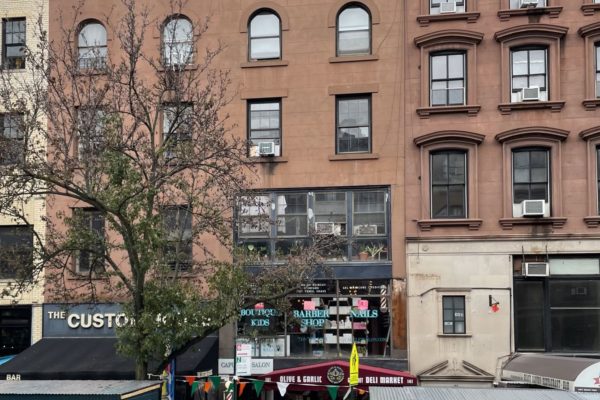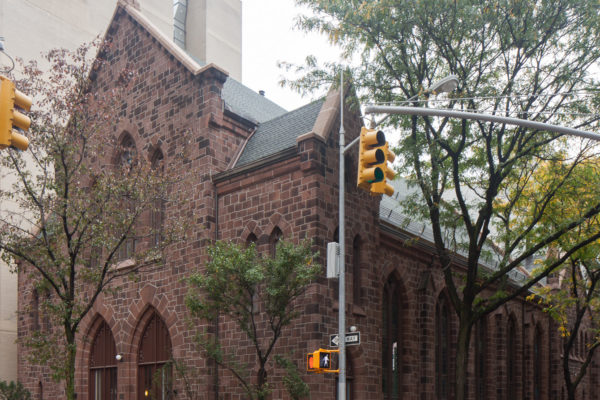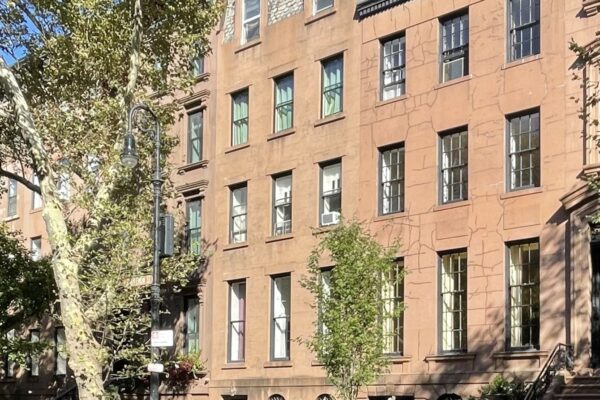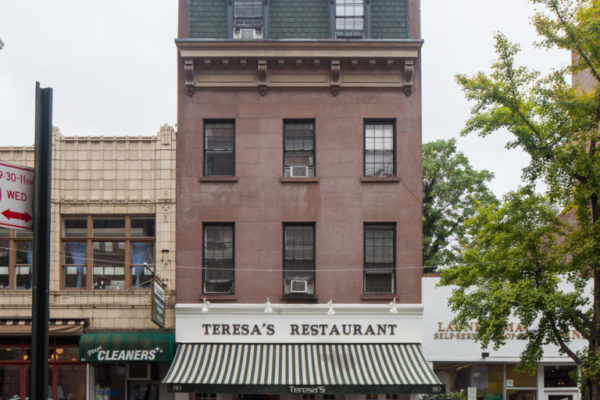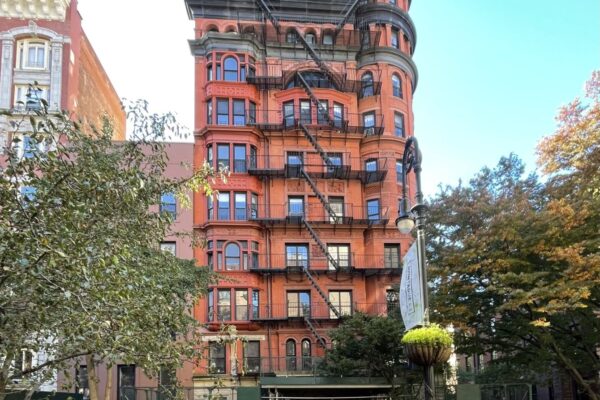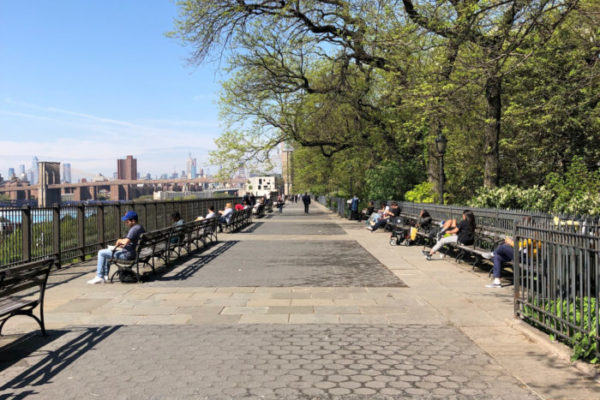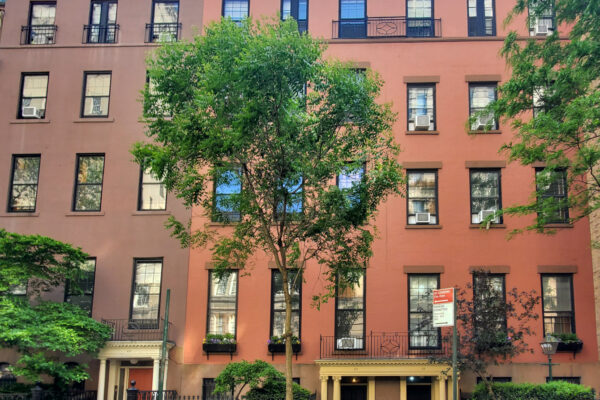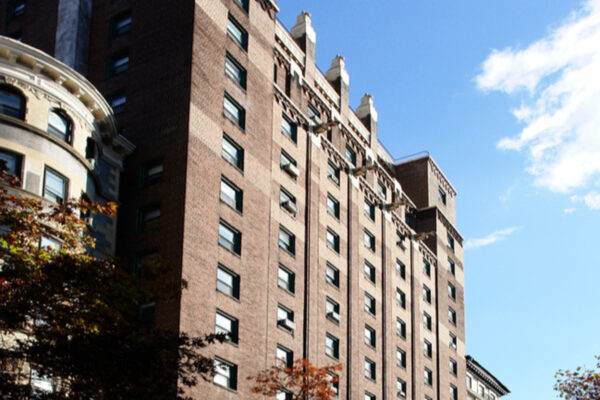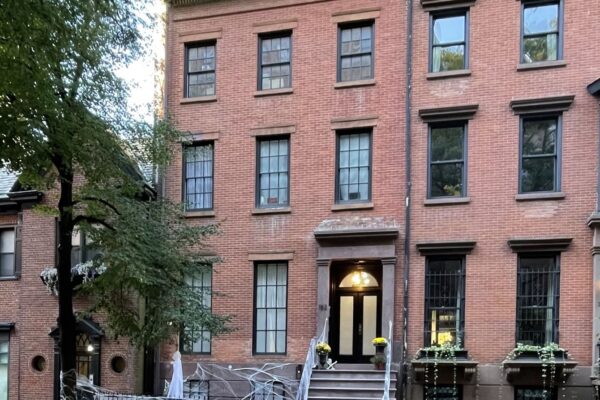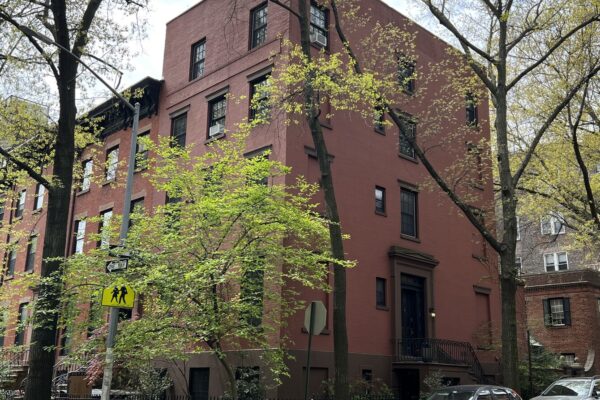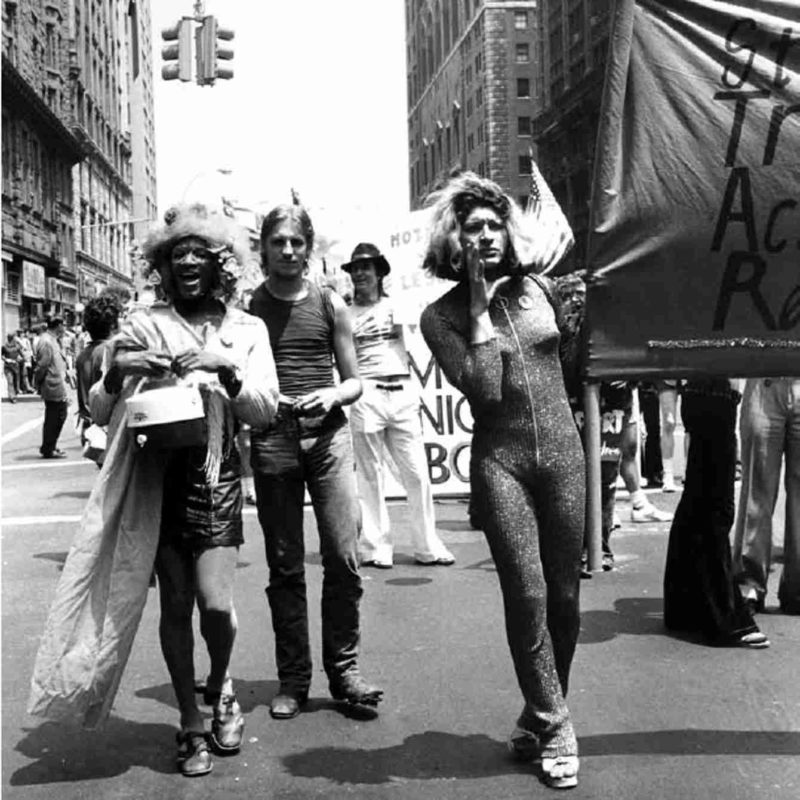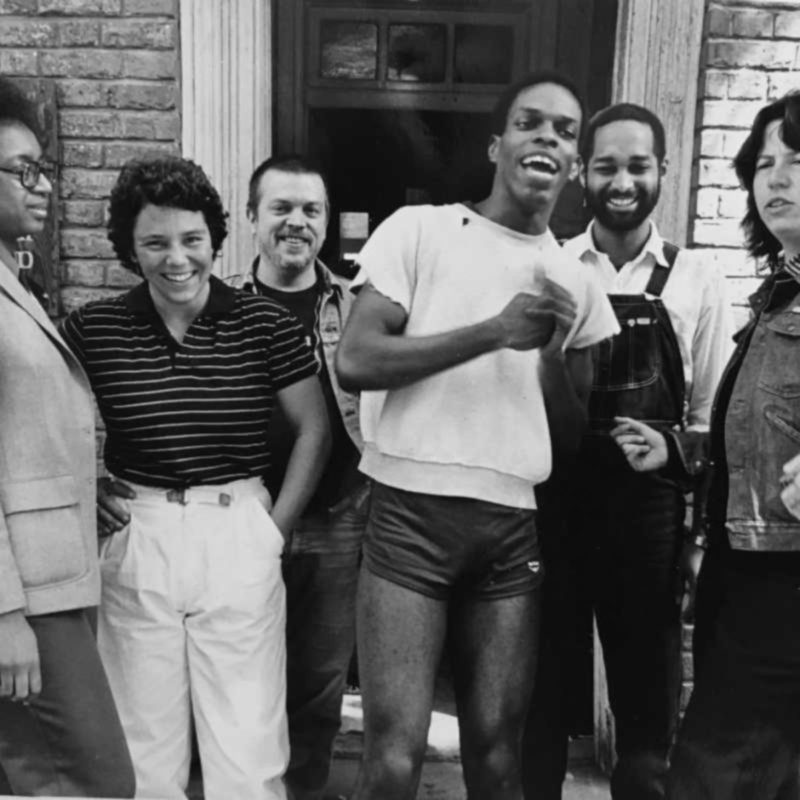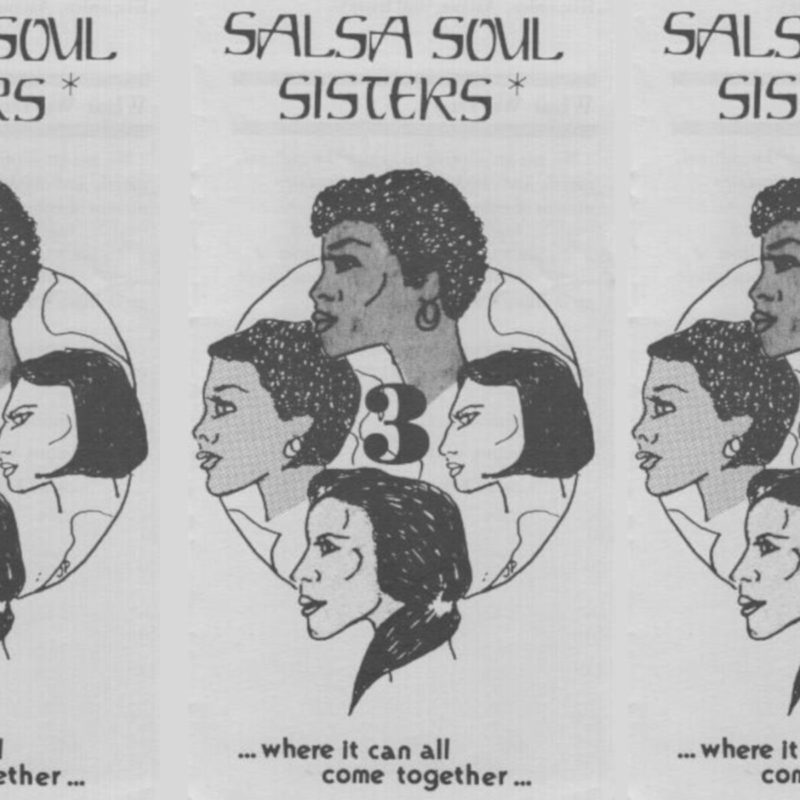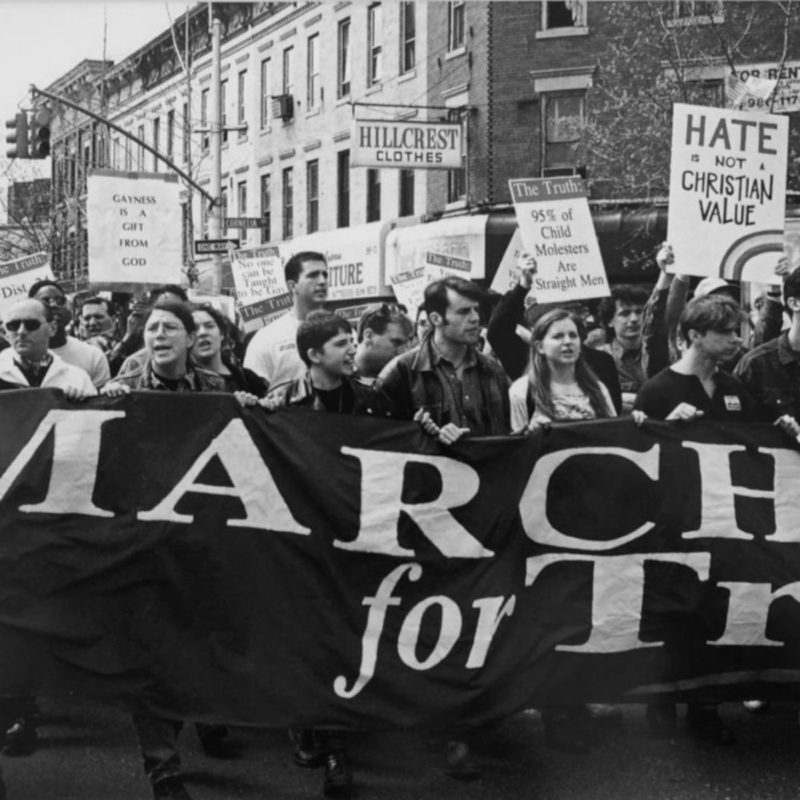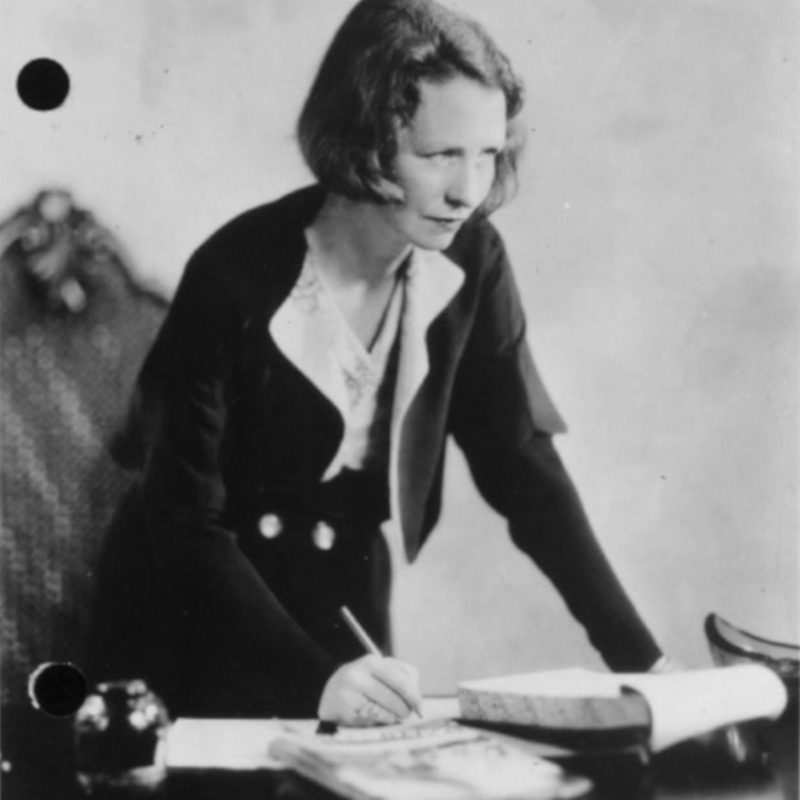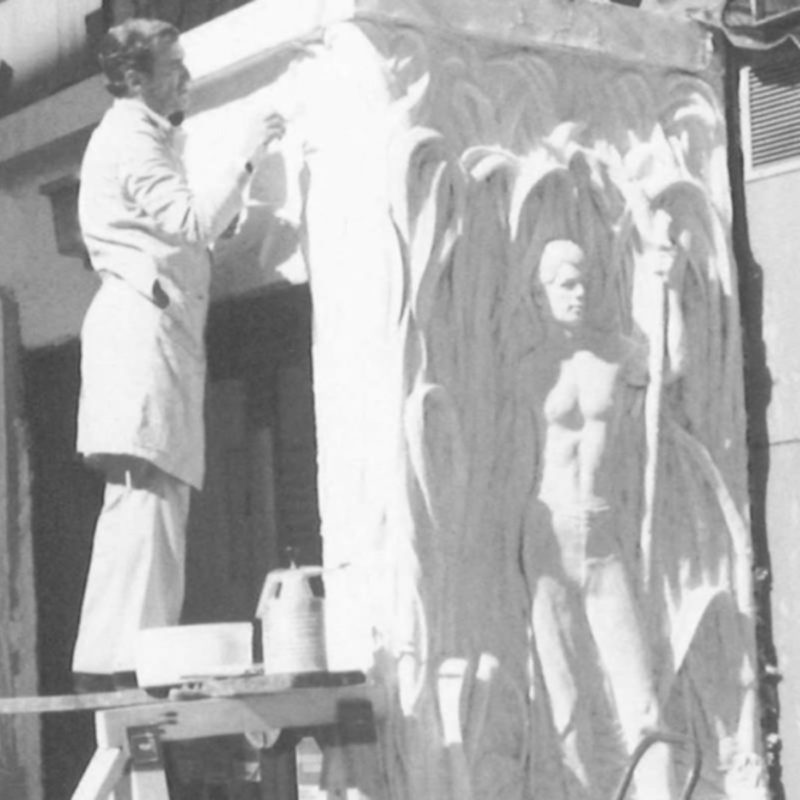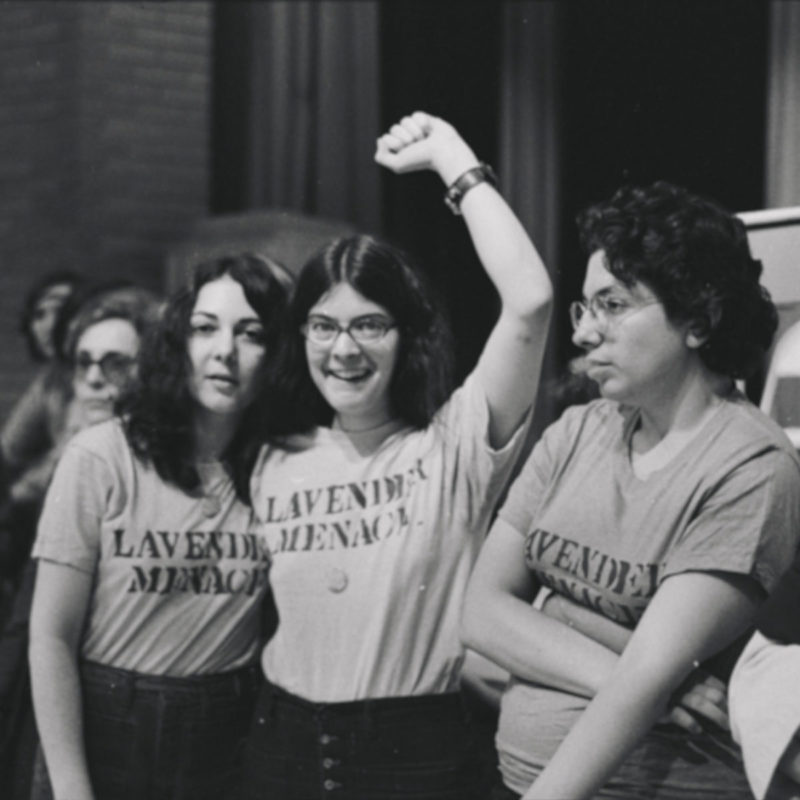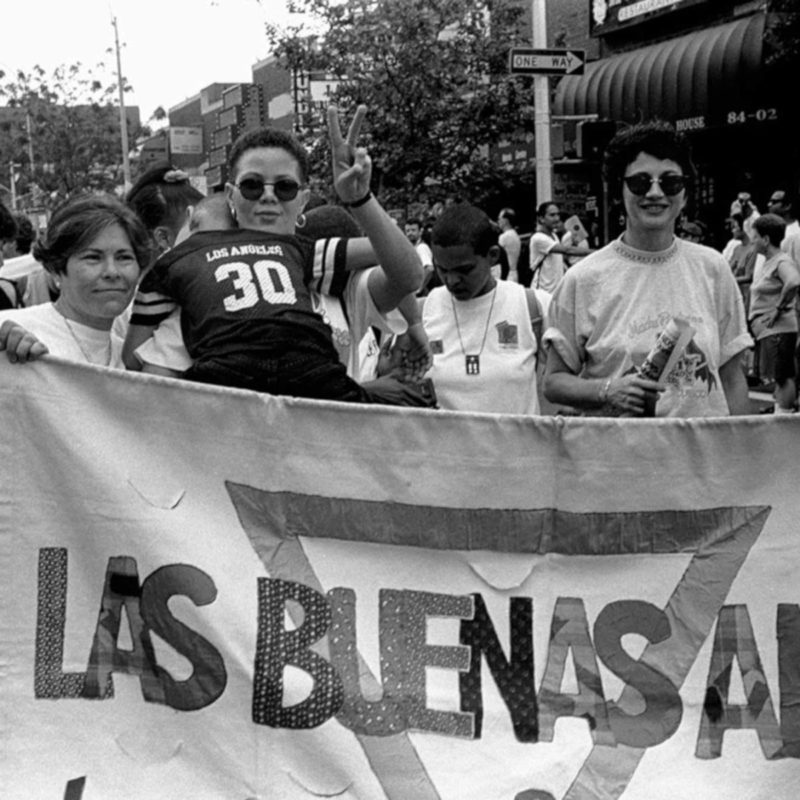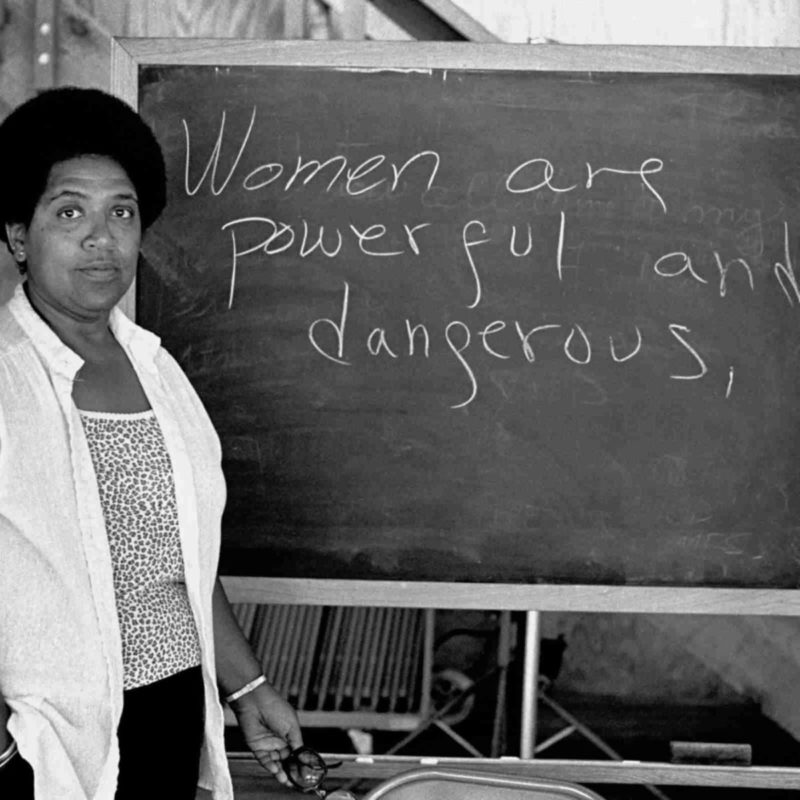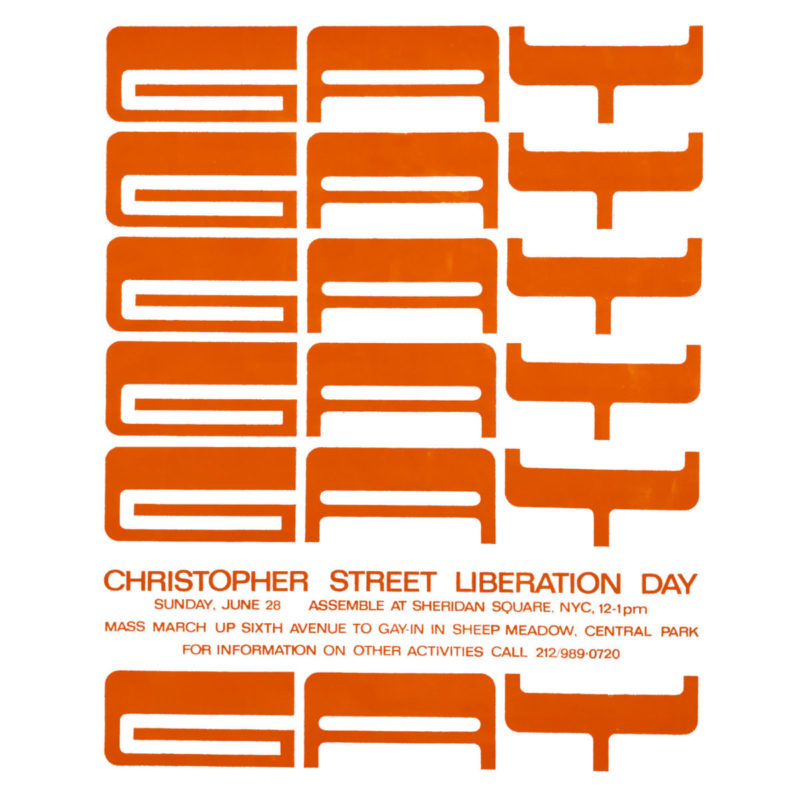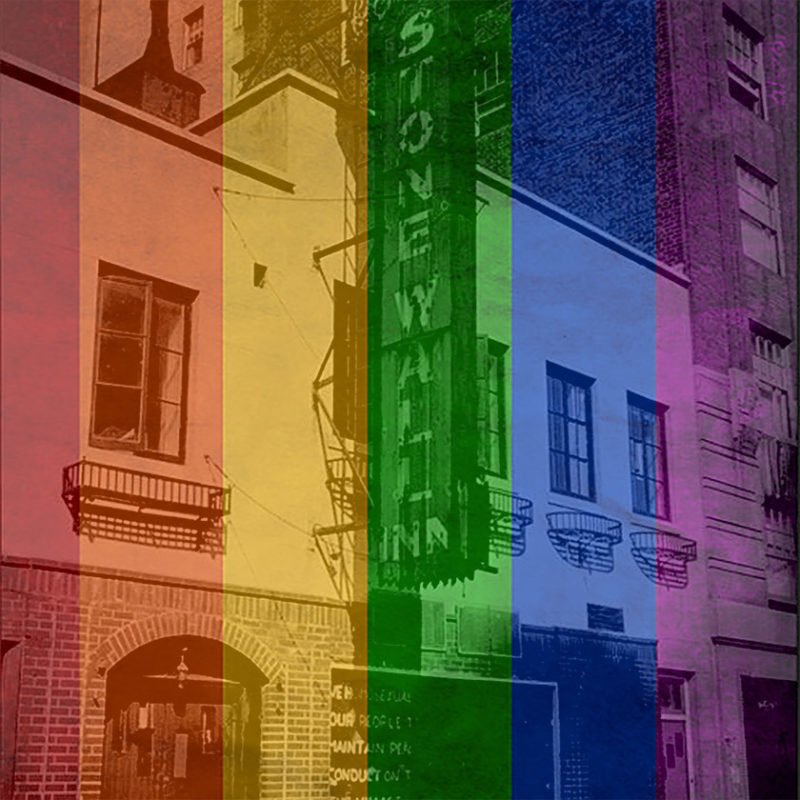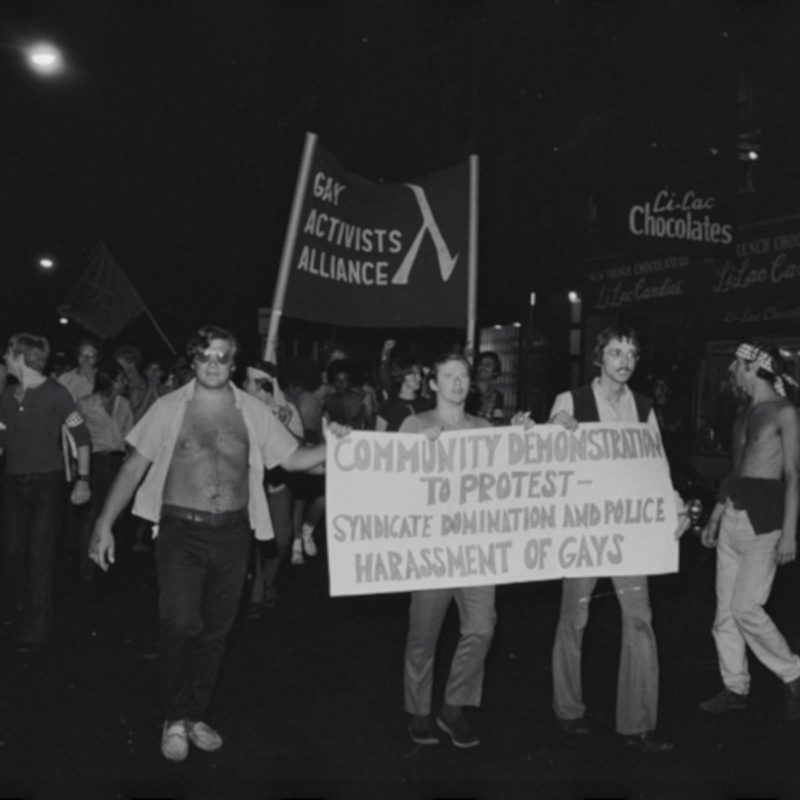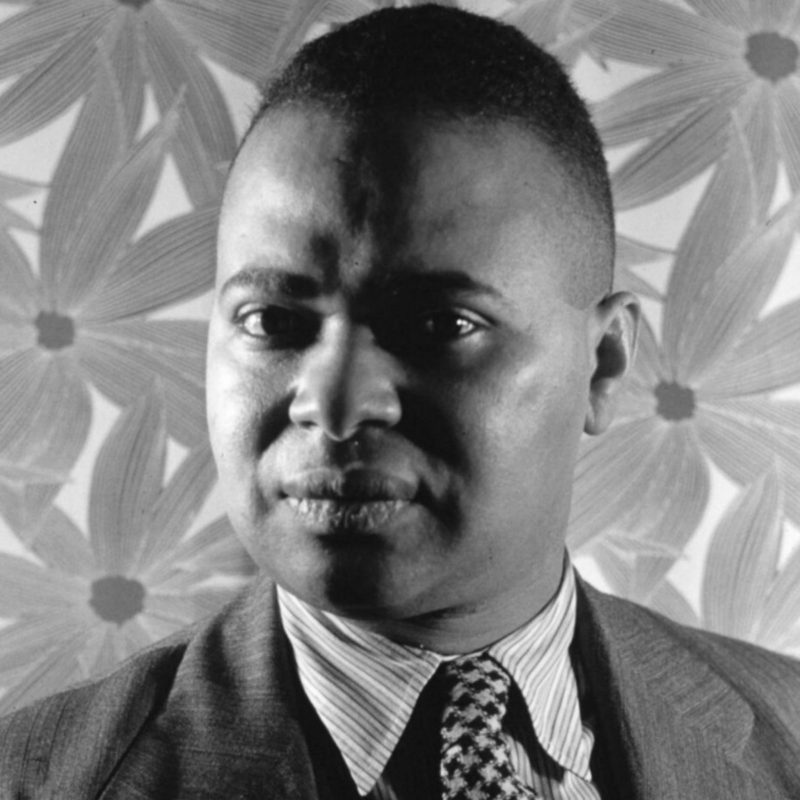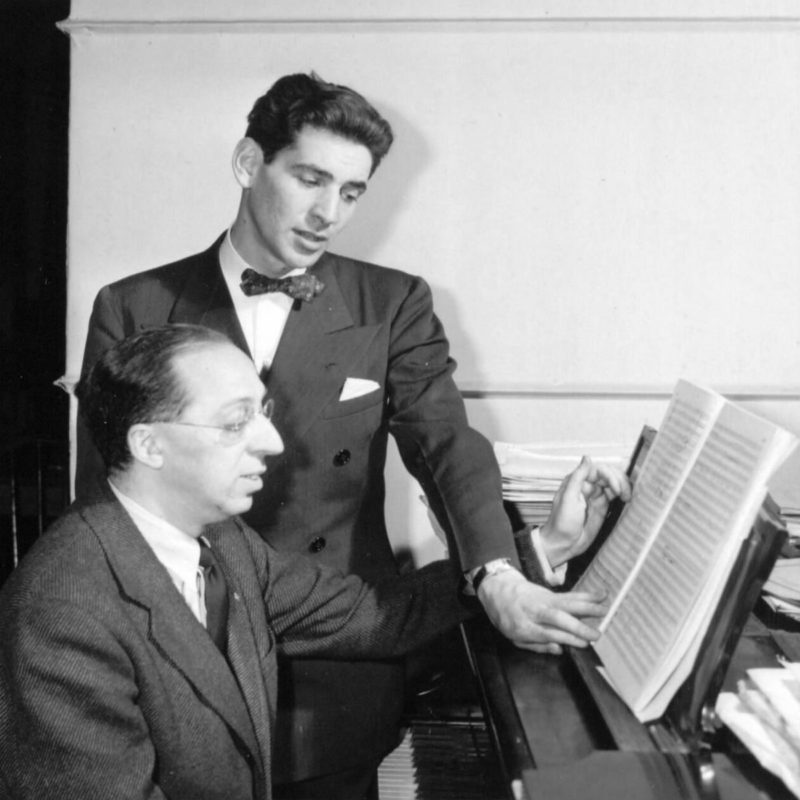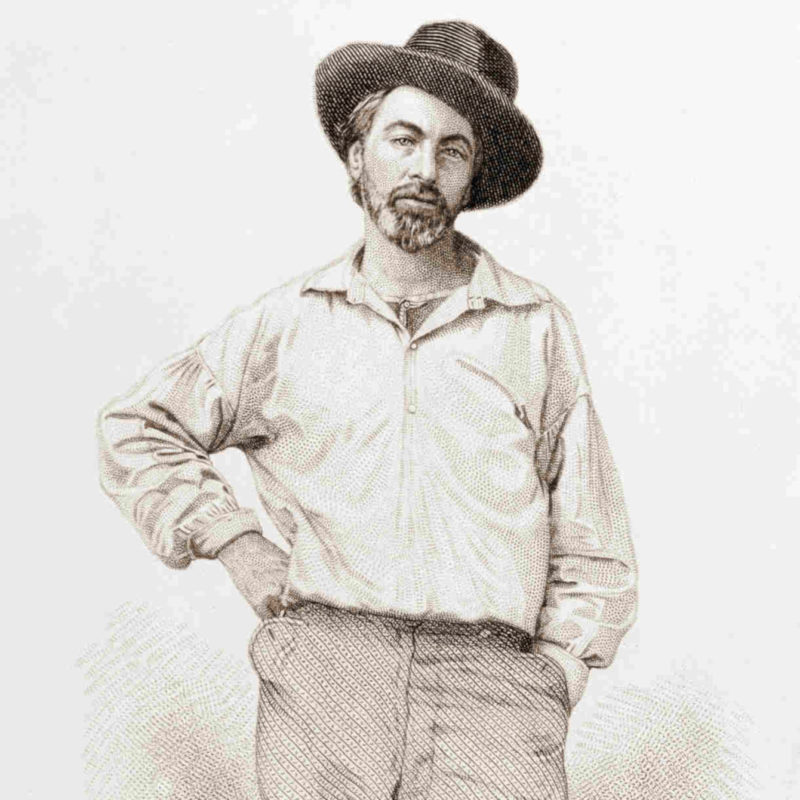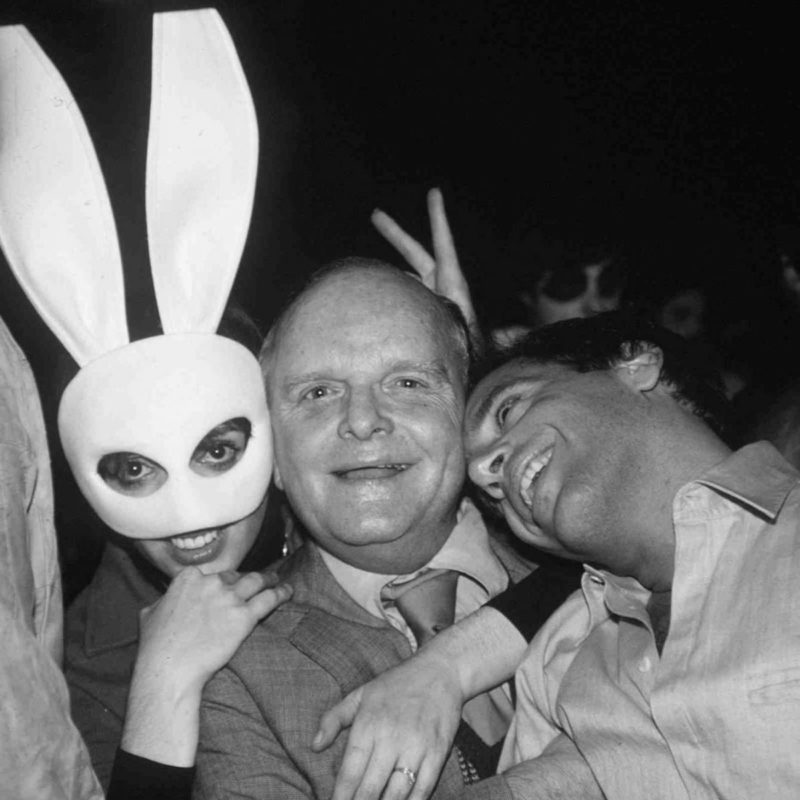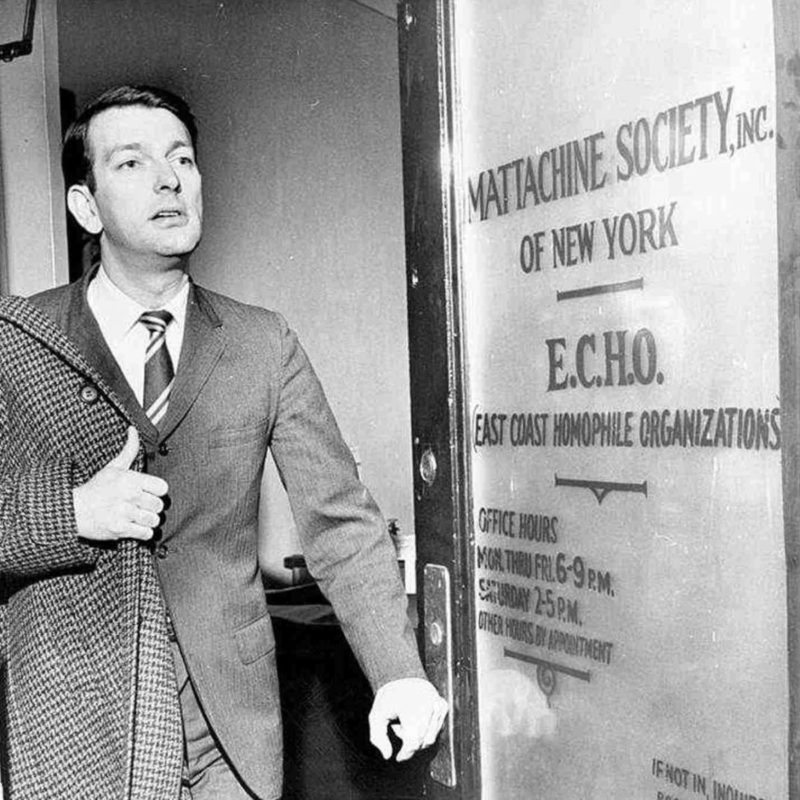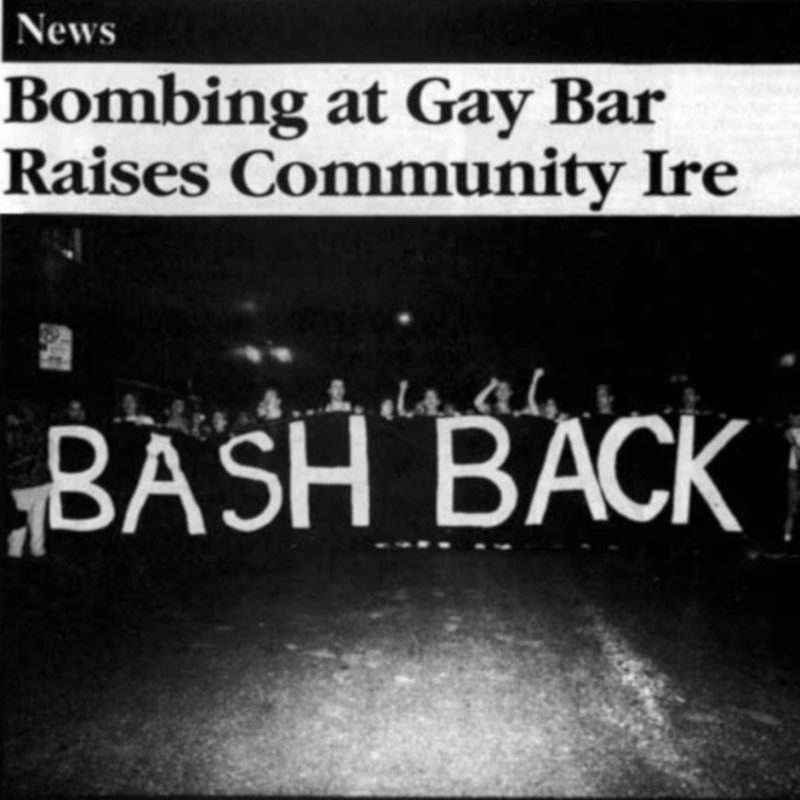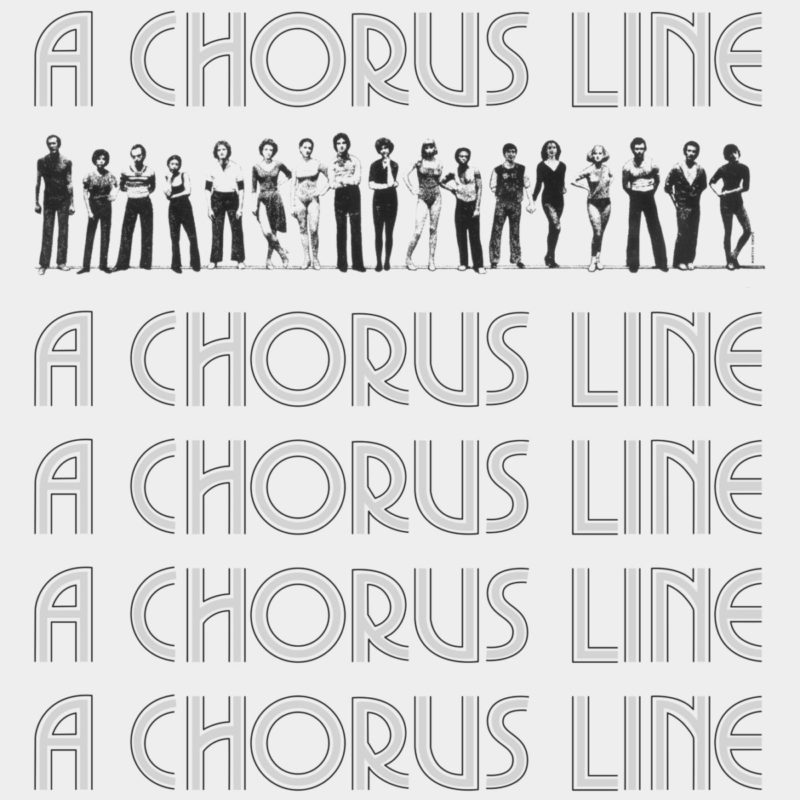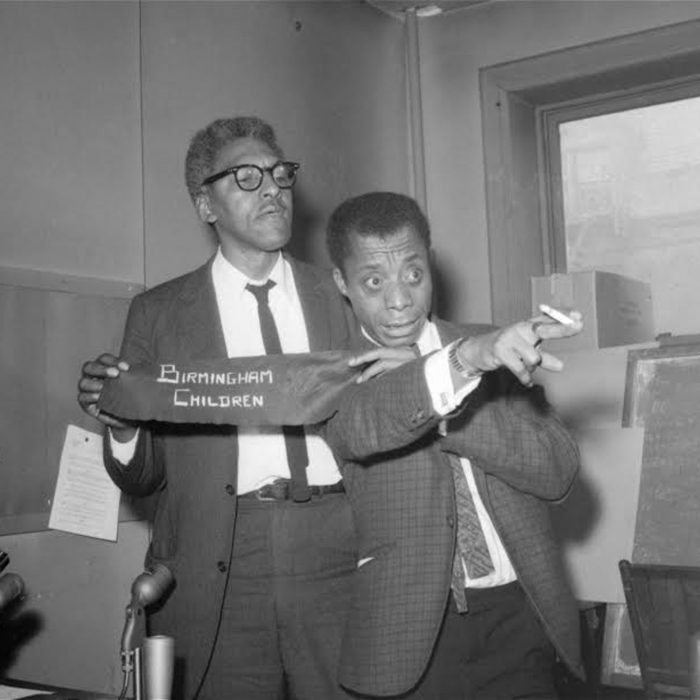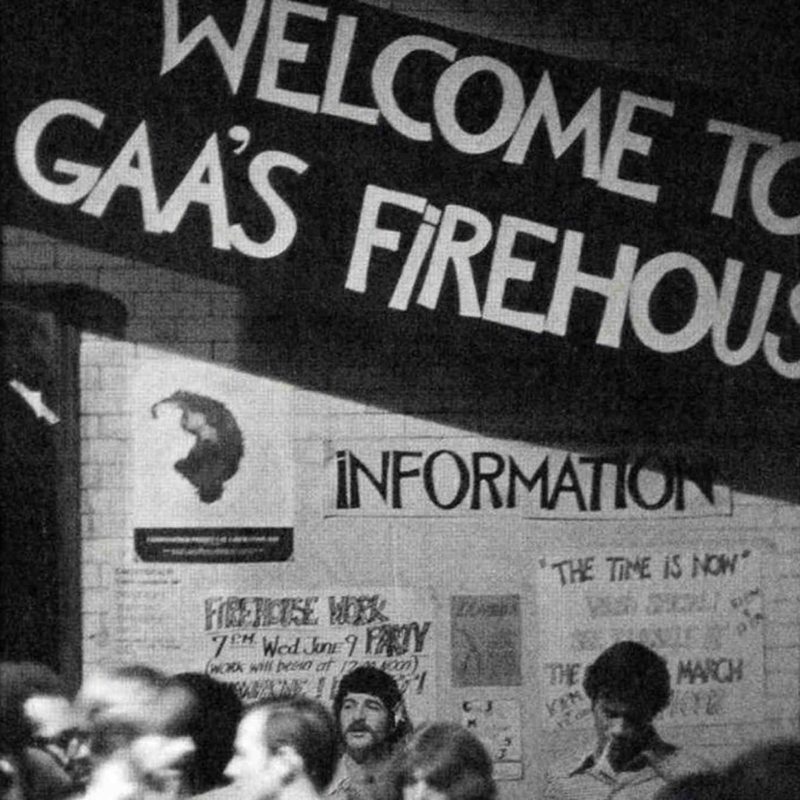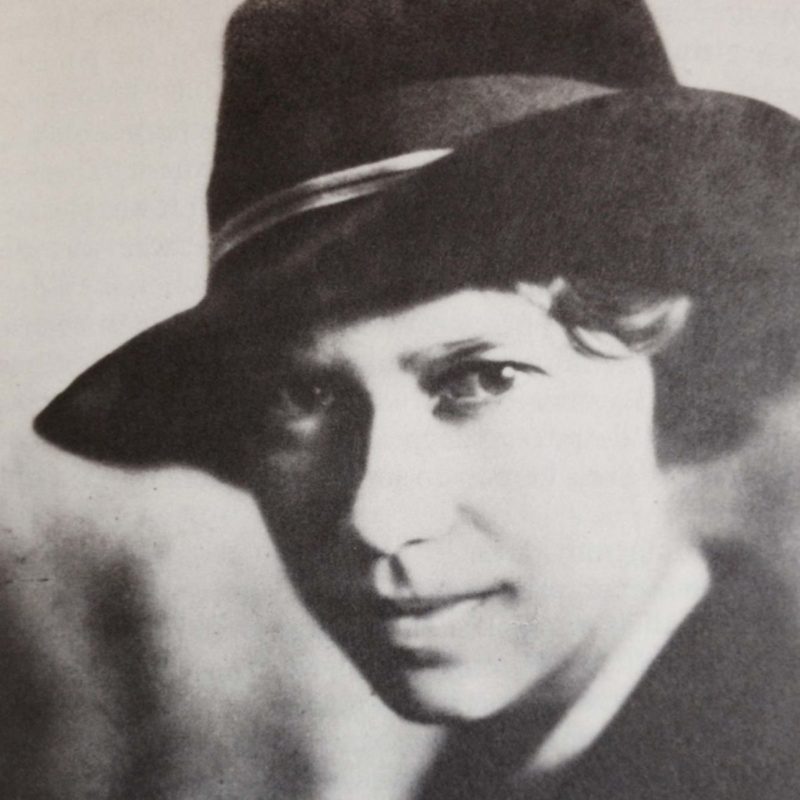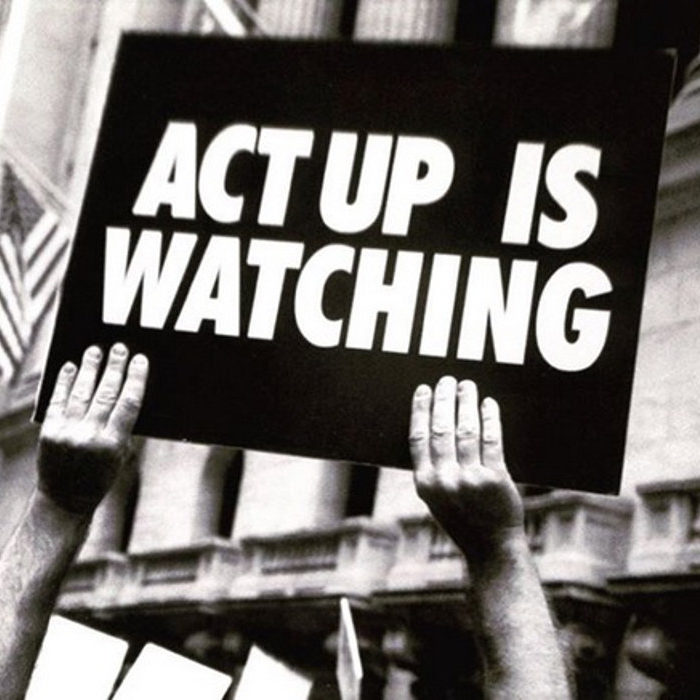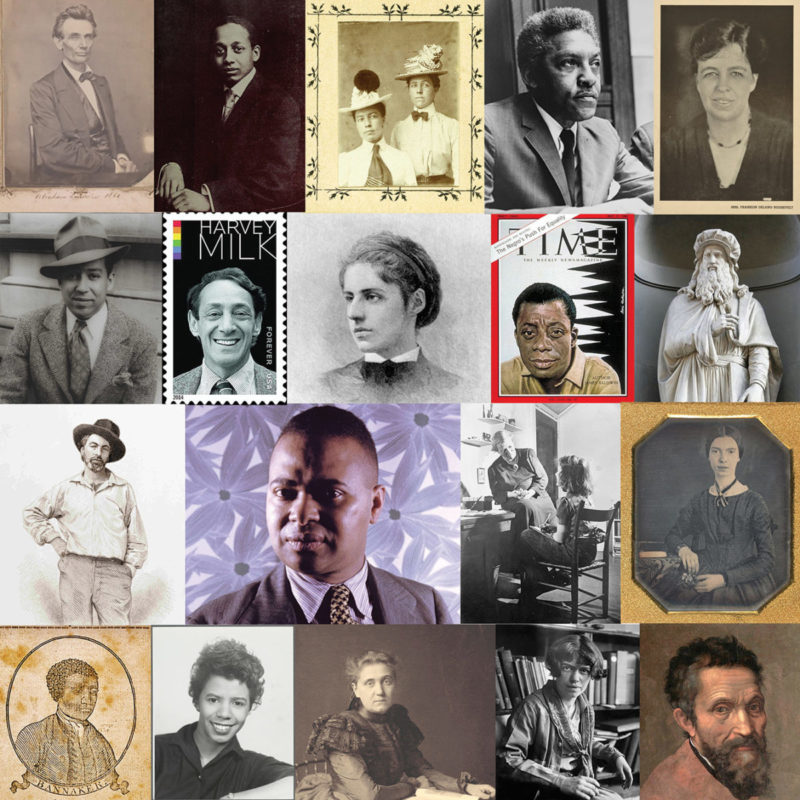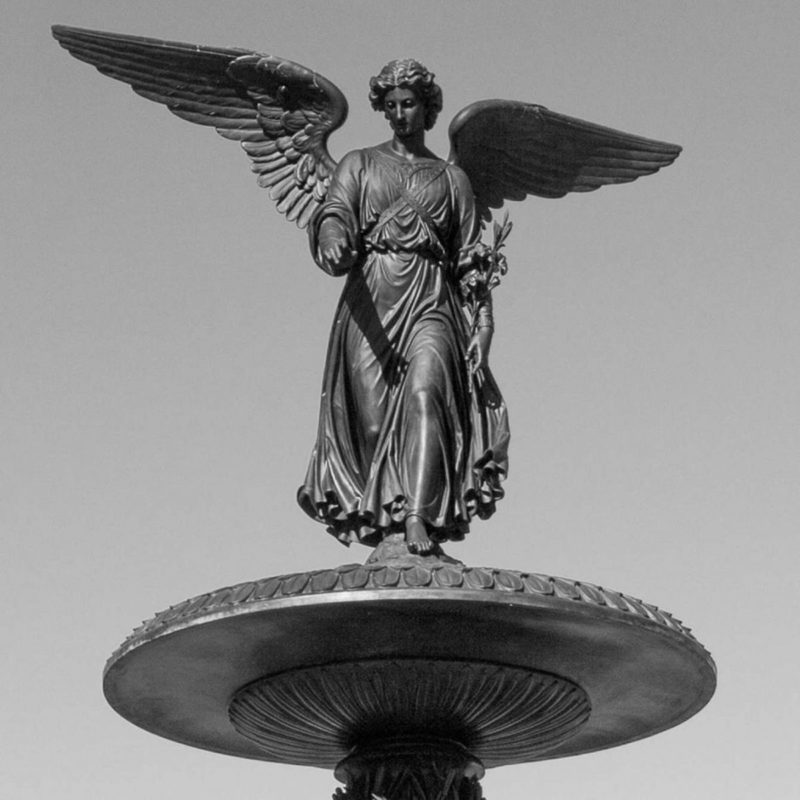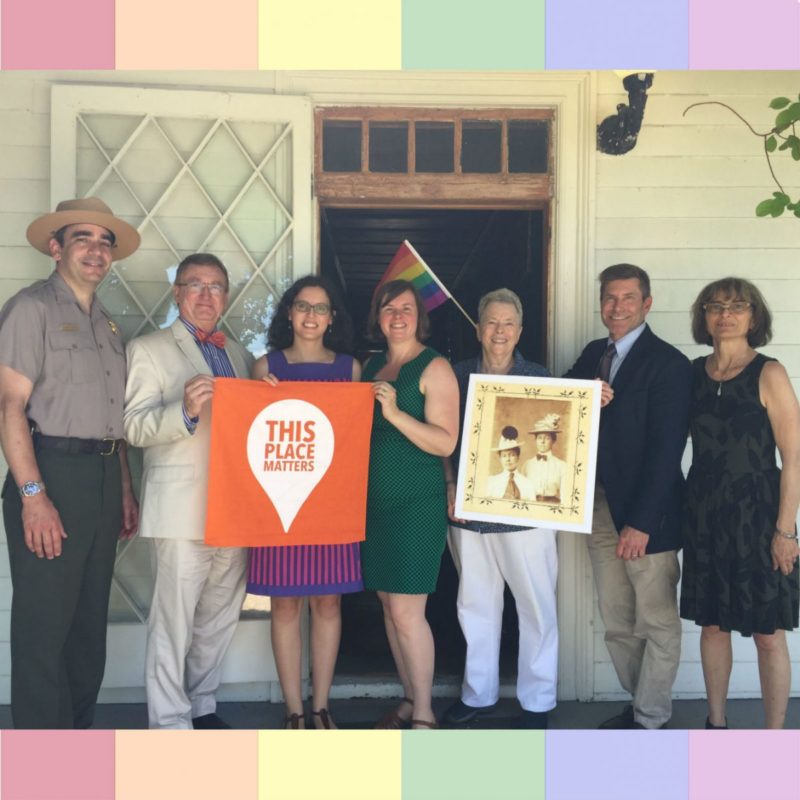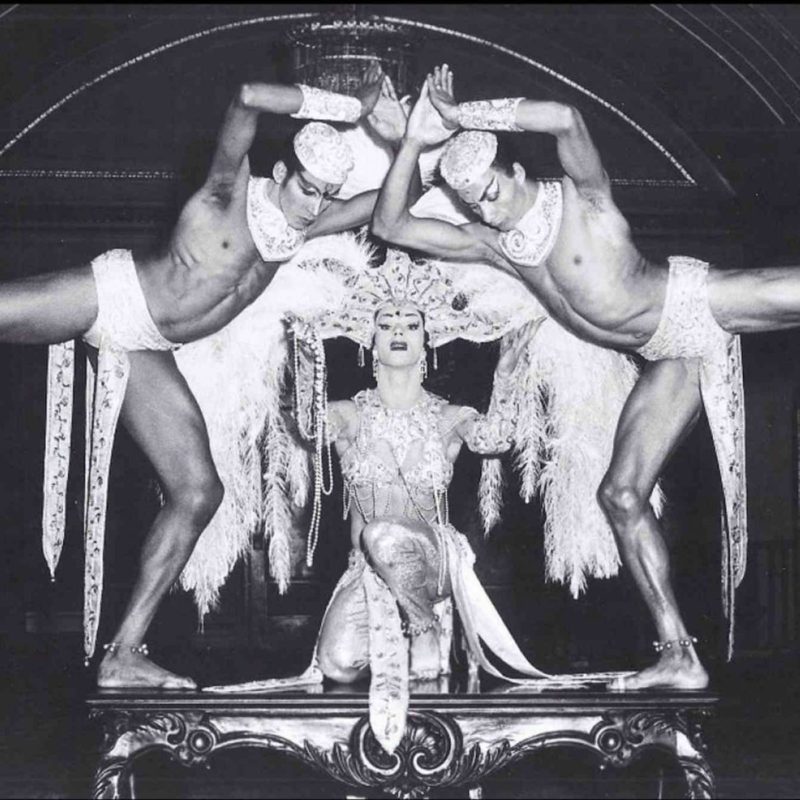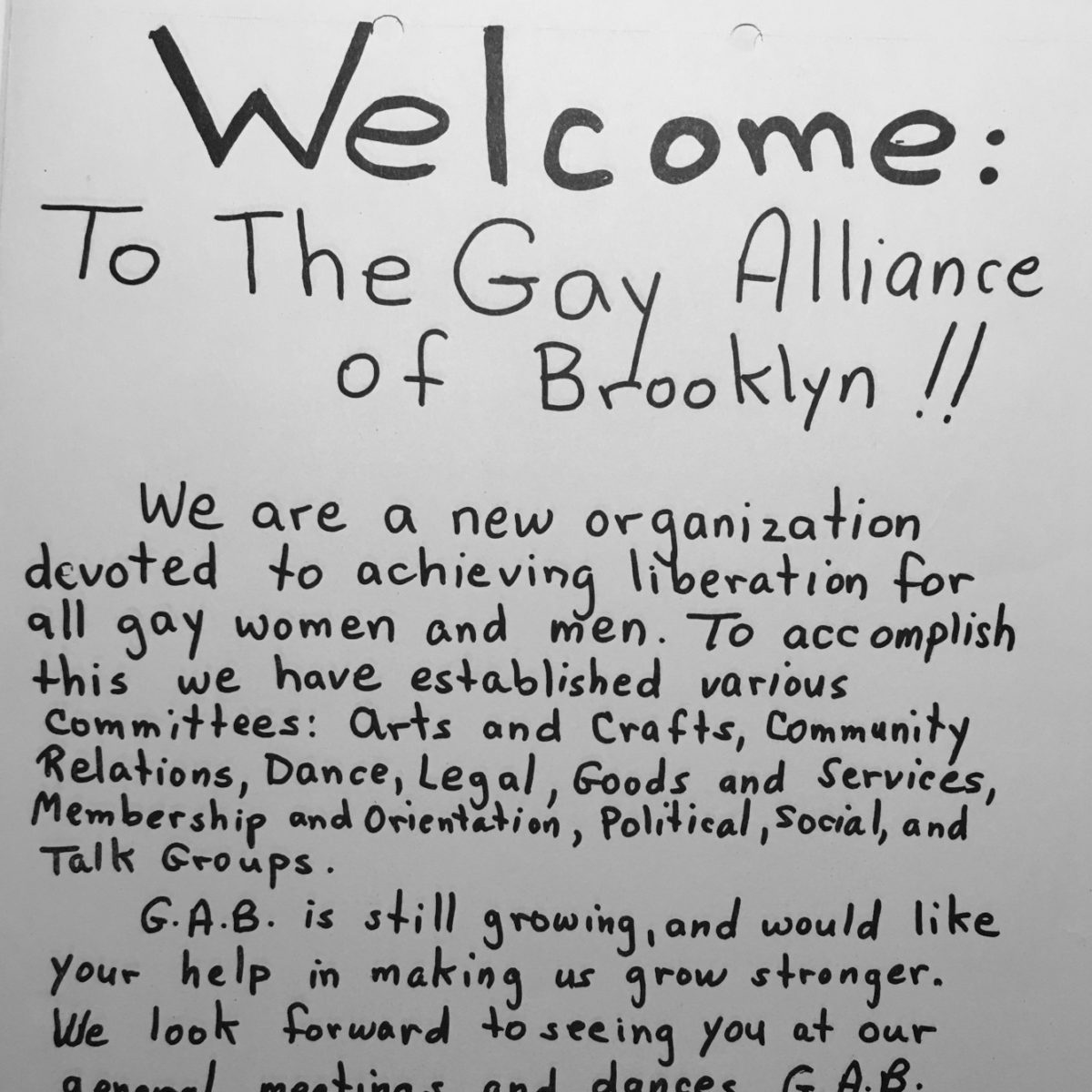
Brooklyn Heights
overview
Brooklyn Heights became known as a center of gay life beginning in the 1920s. This collection highlights the neighborhood’s LGBT history through residences of notable LGBT figures, gay cruising areas, and sites of political activism.
While much of New York City’s known LGBT history and life centers on Manhattan, we are currently working on adding more sites throughout Brooklyn to our website. If you have a suggestion, please fill out our online form.
This theme was made possible by the New York State Council on the Arts with the support of Governor Andrew M. Cuomo and the New York State Legislature, and a grant from Con Edison.
On the Map
VIEW The Full MapFeatured Historic Sites ( 12 )
Legendary theater designer Oliver Smith purchased this Brooklyn Heights residence in 1953 and lived here until his death. From around 1955 to 1965, he rented the garden apartment to Truman... Learn More
From the 1920s through the 1970s, the mammoth Hotel St. George was one of the best known centers of gay male life in Brooklyn. Famed for its luxurious public spaces... Learn More
In July 1966, the homophobic policies of The Brooklyn Heights Press, then headquartered in this building, were the focus of a successful protest by the Brooklyn Heights Chapter of the Mattachine... Learn More
The Gay Alliance of Brooklyn was one of the first gay civil rights organizations established in New York City outside of Manhattan. The group, which was active from 1971 to... Learn More
Pre-Stonewall gay rights activists Renée Vera Cafiero and Nancy Garden moved to an apartment in this building in December 1964, shortly after participating in the very first public demonstration for... Learn More
Bisexual poet-filmmaker-educator Willard Maas and his wife, visual artist-filmmaker Marie Menken, resided in this building from at least 1940 to their deaths in 1971 and 1970, respectively. Founders of the... Learn More
From the 1950s through the 1980s, the Brooklyn Heights Promenade was one of the city’s most popular and well-known gay male cruising areas. It became contested ground during the 1960s... Learn More
Poet Maurice Kenny, widely regarded as one of the first Native American writers to publish literature exploring Two-Spirit identity, rented a studio apartment on the top floor of this Brooklyn... Learn More
Berlin-born Charlotte Charlaque underwent gender affirmation surgery in Germany between 1928 and 1931, in one of the earliest documented cases of the procedure in the world. Memorialized by the Brooklyn... Learn More
Beginning in the 1890s, this Brooklyn Heights rowhouse was the home of long-term partners L. Adele Cuinet, a pioneering female dentist, and Helen S. Lassen, a medical doctor. Both Cuinet... Learn More
Clay Lancaster, who lived in this Brooklyn Heights rowhouse from c. 1943 to 1961, was among the most influential founders of the modern historic preservation movement that blossomed in the... Learn More
